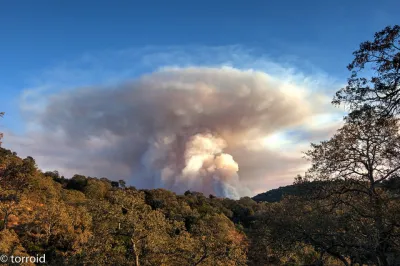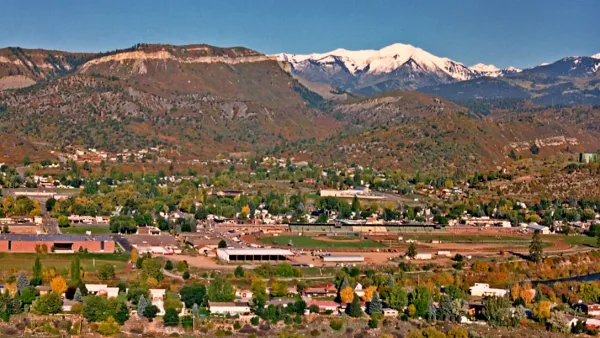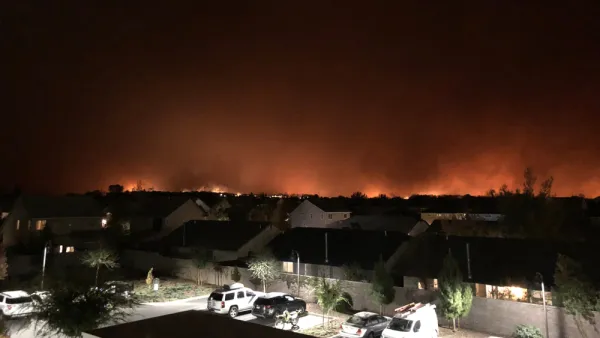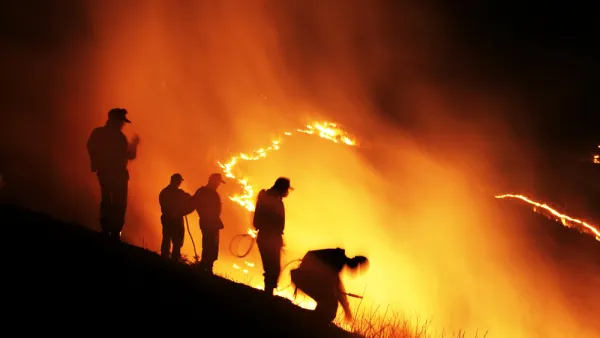To fight increasingly devastating wildfires, government officials and landowners must develop new strategies that proactively address the biggest risk factors.

After another devastating fire season, three new scientific papers outline a plan for "how land managers and policymakers can move from passive to proactive wildfire and forest management," writes Kylie Mohr.
As climate change intensifies wildfires across the West, officials can reduce some of the impacts through a variety of strategies.
These include thinning dense forests that haven’t recently burned, removing some flammable shrubs and bushes, allowing wildfires to burn when conditions are appropriate, and ramping up Indigenous fire stewardship practices, including prescribed burns. If forests are managed well, they’ll still burn — but the fires won’t be so devastating.
The papers, which present facts and misconceptions about a laundry list of management practices, could help landowners and government agencies develop more effective fire management plans. The challenges, writes Mohr, are many: "getting vast numbers of private landowners to work together and understand what they need to do, dealing with federal and state regulatory barriers, permitting red tape, an insufficient federal workforce, a lack of funding, the risks stemming from liability and insurance policies, and a deeply ingrained fire suppression mentality."
Wildfires have grown more severe as climate change worsens 'fire weather' conditions and sprawl puts more communities at risk. Experts suggest that smarter urban growth policies such as infill development and formalized guidance for development in fire-prone areas can mitigate the risk and reduce the damage caused by wildfire.
FULL STORY: Why fire experts are hopeful

Analysis: Cybertruck Fatality Rate Far Exceeds That of Ford Pinto
The Tesla Cybertruck was recalled seven times last year.

National Parks Layoffs Will Cause Communities to Lose Billions
Thousands of essential park workers were laid off this week, just before the busy spring break season.

Retro-silient?: America’s First “Eco-burb,” The Woodlands Turns 50
A master-planned community north of Houston offers lessons on green infrastructure and resilient design, but falls short of its founder’s lofty affordability and walkability goals.

Test News Post 1
This is a summary

Analysis: Cybertruck Fatality Rate Far Exceeds That of Ford Pinto
The Tesla Cybertruck was recalled seven times last year.

Test News Headline 46
Test for the image on the front page.
Urban Design for Planners 1: Software Tools
This six-course series explores essential urban design concepts using open source software and equips planners with the tools they need to participate fully in the urban design process.
Planning for Universal Design
Learn the tools for implementing Universal Design in planning regulations.
EMC Planning Group, Inc.
Planetizen
Planetizen
Mpact (formerly Rail~Volution)
Great Falls Development Authority, Inc.
HUDs Office of Policy Development and Research
NYU Wagner Graduate School of Public Service




























